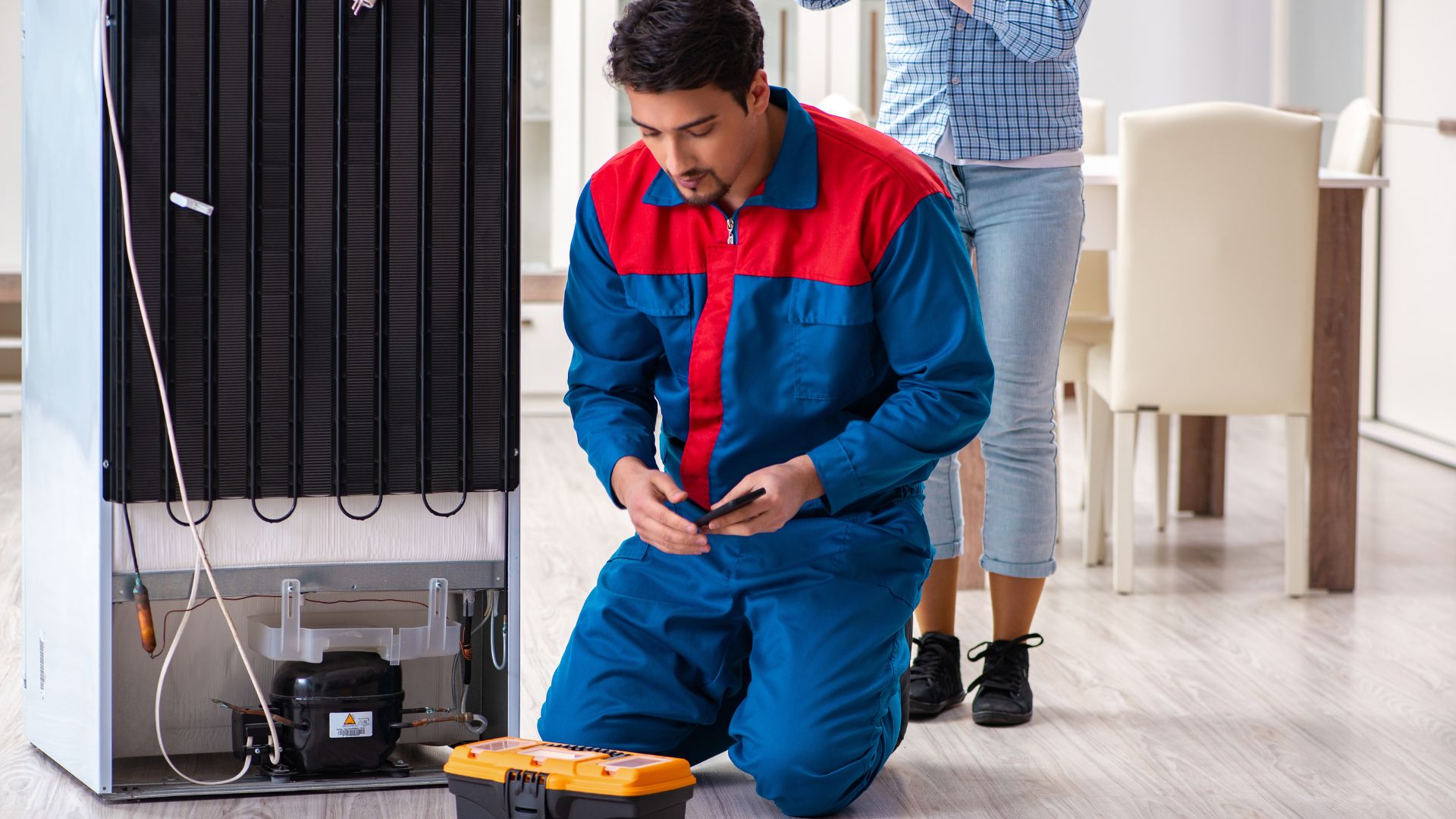Is there such a thing as good heat in a Hisense fridge? Not necessarily. It would be more accurate to say that heat in a refrigerator is normal. You should only panic when that heat exceeds the appropriate threshold. The following factors can lead to overheating:
1). Dirty Condenser Coils
The condenser coils aid the refrigeration process by cooling the refrigerant and ejecting the heat. The irony is that condenser coils generate heat in the process of keeping the Hisense fridge cool.
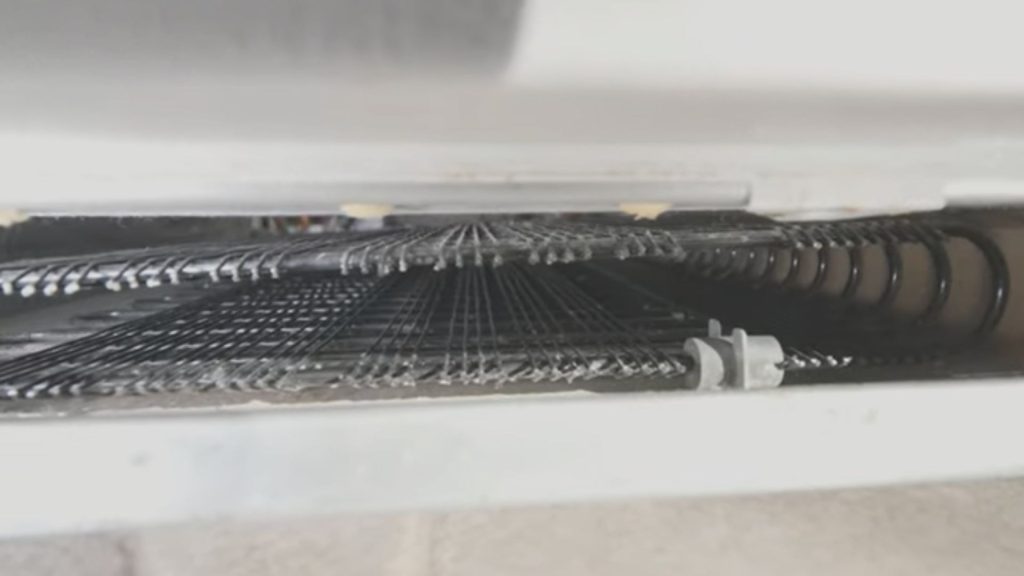
That heat is normal. You will notice it if you place your hand next to the vent. Can condenser coils overheat? Yes, they can if you allow dirt, lint, and debris to cover the coils and restrict airflow. Confirm your suspicions by pulling the appliance away from the wall and inspecting the condenser coils. Removing the debris with a vacuum or coil brush should solve the problem.
2). Blocked Condenser Fan
What if you’ve cleaned the condenser coils, but the overheating has persisted? Check the condenser fan. The fan strips the cooling system of heat. When it fails, the compressor will overheat. Don’t be surprised if it dies altogether, especially if the heat persists.
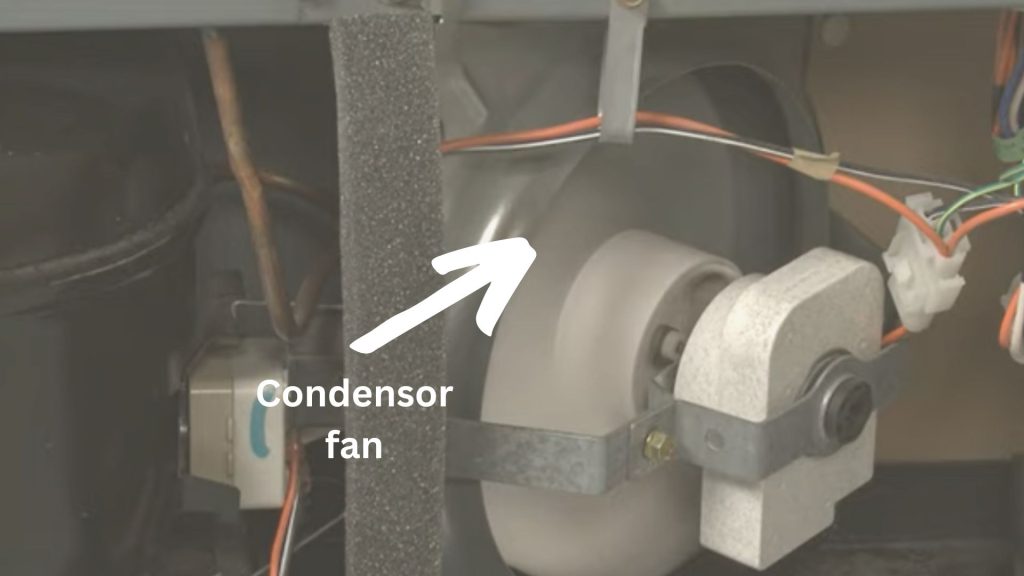
Once again, you should look for dust and debris on the fan. Cleaning the component can improve its efficiency. A layperson can perform this task, especially if they have the skill and experience to open the fridge and access the fan. The same applies to blockages that prevent the fan from turning.
But if the motor is at fault, they should hire an expert. A technician can attempt to repair the motor. But they will most likely encourage you to replace it.
3). Damaged Door Seal
A damaged door seal sounds like a mere inconvenience. The fridge uses the seal to make the internal compartment air-tight. A worn-out door seal allows cold air to escape and warm air to enter.
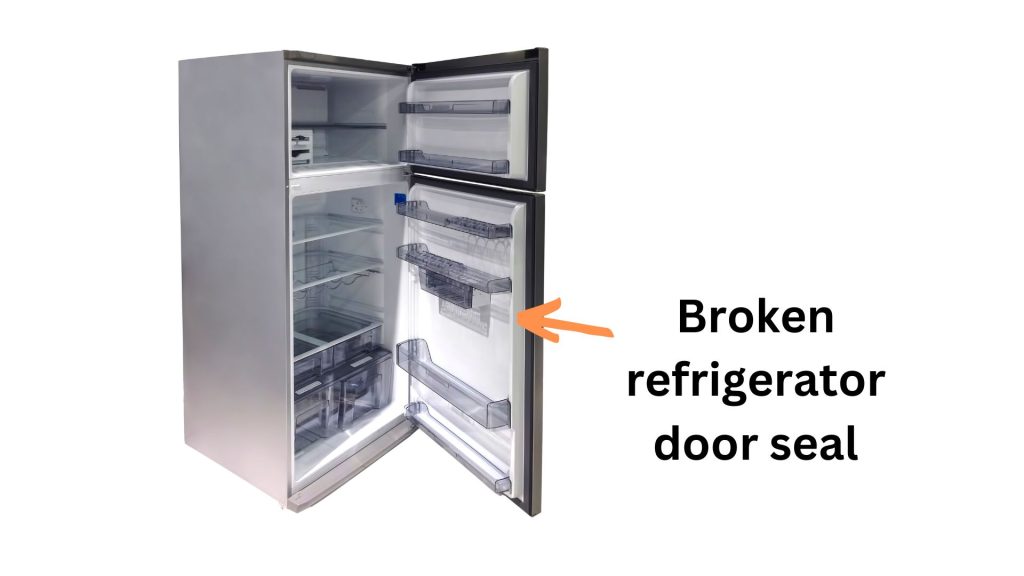
Laypeople ignore this issue because they expect the defect to raise the internal temperature. This is problematic because your food will die, but no one expects the fault to harm the Hisense fridge.
They don’t realize that a fridge with a damaged door seal works harder than usual to maintain cold conditions in the internal compartment. This can overwhelm the compressor. Overheating is one of the symptoms you will notice. Eventually, the compressor will fail. Therefore, you should clean dirty seals and replace them when they fail.
4). Operational Heat Exhaust
Fridges have an exhaust that expels heat. The heat you observe at the vent is perfectly acceptable. A blocked vent can cause a refrigerator to overheat.
5). Overloaded Hisense Fridge
Like the broken seals, overloading sounds more like an inconvenience than an actual problem. In fact, most laypeople don’t realize that overcrowding is a threat to their appliances. They don’t understand that cold air must circulate freely in the internal compartment for the fridge to maintain low temperatures.

Overcrowding restricts airflow, which, in turn, leads to overheating. What if air circulation is poor even though the fridge is only half full? You positioned the food in a manner that covered the vents.
Take excess food items out of the fridge. Check the manual to determine the Hisense fridge’s capacity. Don’t exceed it. You should also keep the food items away from the vents. Naturally, you should wait for hot food to cool before you add it to the appliance.
6). Poor Ventilation
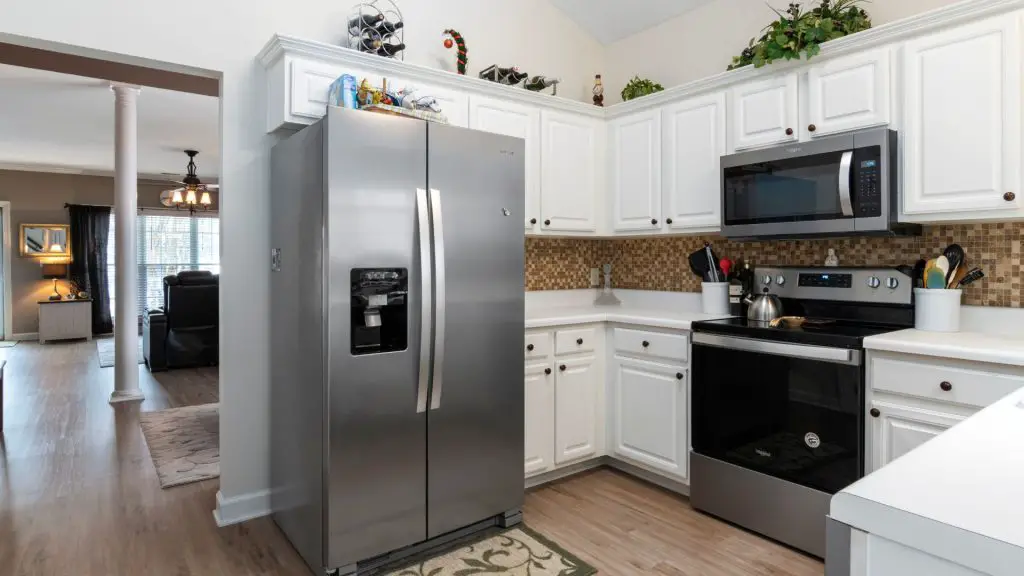
According to 101Appliance, you should maintain 100m of space at the top and 50m on the side. This supports the transfer of heat between the fridge and the exterior environment. Keeping the device too close to the wall or covering it with blankets, sheets, and the like leads to overheating because the fridge cannot breathe.
The heat from the appliance has nowhere to go. Therefore, it reflects back to the fridge. You can make things even worse by placing the device in rooms with a high ambient temperature.
Adjust the fridge’s location to improve ventilation. Keep it away from direct sunlight. Hisense will recommend the appropriate space you should provide at the top and on the side via the manual. Follow these recommendations. Otherwise, the warranty won’t cover any damage the fridge incurs because of poor ventilation.
Signs of Overheating Fridge
1). Your food keeps rotting. Even when you adjust the temperature to the lowest setting, the fridge refuses to preserve its contents.
2). People associate overheating with high temperatures and warm fridges. However, excess frost is also a sign of trouble because the appliance has failed to maintain optimal temperatures. Some people expect frost to appear in the freezer. However, modern fridges are designed to prevent ice buildup even in the freezer. Extremely low temperatures will kill your food’s flavor.
3). You typically expect the fridge to make a humming sound. Two symptoms should concern you. The first is a humming so loud it becomes buzzing. The second is a silent fridge that doesn’t hum. Both symptoms point to a defective or struggling compressor.
4). Look for puddles of water. People usually blame this issue on a leak. You can eliminate the obvious culprits, including a broken drip pan, blocked drain and water lines, and worn-out seals. However, don’t forget that water can leak because temperatures have risen and all the ice is melting.
5). An overheating fridge will feel hotter than usual when you touch it, not only at the back but also on the sides.
6). Your home’s energy bill will skyrocket because the fridge is working so much harder to maintain optimal conditions.
7). The appliance may rattle and vibrate.
Hisense Fridge Overheating Prevention Tips
1). Keep the condenser coils clean. Realtor.com recommends cleaning them every six months. Don’t allow the layers of dust to become so thick that the fridge starts overheating.
2). If your Hisense fridge comes with a filter, change it before it develops blockages. Like the coils, you should change the filter every six months. This will keep the water your family drinks fresh. If you can’t afford to replace the filter, clean it.
3). Don’t overcrowd the fridge. Follow the manual’s capacity recommendations. Additionally, don’t allow the food to cover the vents. An empty fridge is problematic because the appliance works harder to maintain the correct temperature. However, overcrowding is worse. Find a balance.
4). Inspect the door seal every few months. Clean it before it develops mold, and replace it if it wears out.
5). If you have the skill to perform regular maintenance, check the fan motor for clogging and damage. Do this every few months. If you identify defects early on, you can repair them before they permanently damage the motor. Consumers are usually forced to replace their motors because they keep neglecting the fridge. They forget to perform maintenance. The sooner you identify the appliance’s faults, the cheaper it will be to fix them.
6). Adjust the temperature settings to fit the manual’s recommendations. Keeping the temperature at the coldest setting overworks the compressor, which can lead to overheating. Additionally, the coldest temperatures can cause ice buildup that blocks the vents, water supply lines, and defrost drain, which burdens the appliance with leaks and overheating.

